To give you an idea of average expenses, a small order of mice to feed the raptors costs about $400. I have to place an order twice a month—it’s cheaper than losing a large freezer full of mice in one of our frequent rural power outages. A small order of mealworms (app. 20,000) sets the LWR account back $120. Because these are best fresh, I order them weekly. A can of dried bloodworms—a great self-feeding incentive for ducks, killdeer and some smaller songbirds and a nice treat for recuperating songbirds—runs almost $18. I go through 2-3 cans of bloodworms a week—let’s use 2.5 for calculation purposes. And then there are the puppy pads and human-sized incontinence pads that I use to line cages and boxes for waterfowl and raptors, and paper towels and tissues to line the songbird nests and enclosures—that’s another $60-100 a month—again, let’s use about $50 for calculation purposes…And that doesn’t even include the various nonprescription meds I keep on hand and the various feeding formulas. The total just for the items I listed prices for and approximate monthly usages of is $1510. That means from January through June, $9060 was required to feed, house and medicate the birds and flying squirrels who came through LWR’s doors—or were still here from late last year. I’m asking for just over half that amount to limp through the second half of the year. It’ll be tight but with the end of baby season—and assuming no late clutches of baby barnies come in again this year—it should be doable. I didn’t just randomly pull a figure out of thin air; I sat down and calculated the bare minimum I thought LWR could scrape by on for the remainder of the year.
Last Sunday, a woman came home from a weekend trip to find an adult barred owl hanging by a string from a bush in her back yard. Before attempting to cut the bird down she called LWR for help and advice, which she followed perfectly. On arrival at LWR, the owl’s leg was still wrapped in string, with branches still entwined in the string. The leg was raw and irritated but not broken, and the owl was alert, well-fleshed, and vocal. He was also flexing the foot and putting full weight on both legs, so I had high hopes we could, with meds and time, get this bird back into the wild.
Monday, both a robin and barn swallow came in, both late nestlings. Both are among my favorite species to rehab, because they have such great little personalities. The swallow was found on the ground with the remains of his nest and a dead sibling in a grocery store parking lot; the robin was found in a driveway with no signs of a nest nearby. After a few days of isolation, I put them together for the company, and they immediately nestled down and became best buddies. Rehab makes for strange bedfellows, but they’re cute together, and both seemed to perk up once they had a buddy.
Two of the nest of four mockers have been released; the other two are looking as if they’ll head out this week.
The pileated is also good to go; his escapes this week when his cage was being cleaned are evidence of that. No pix of his greasy little butt; he decided last week it would be fun to roll in his suet, so currently he could make a 1950s greaser weep in envy. He’ll need several more baths before release, and then holding for a few days longer, till he can “rewaterproof” his feathers.
The screech currently spends his days preening, sleeping, eating, and glaring at me—basically living the life of Riley.






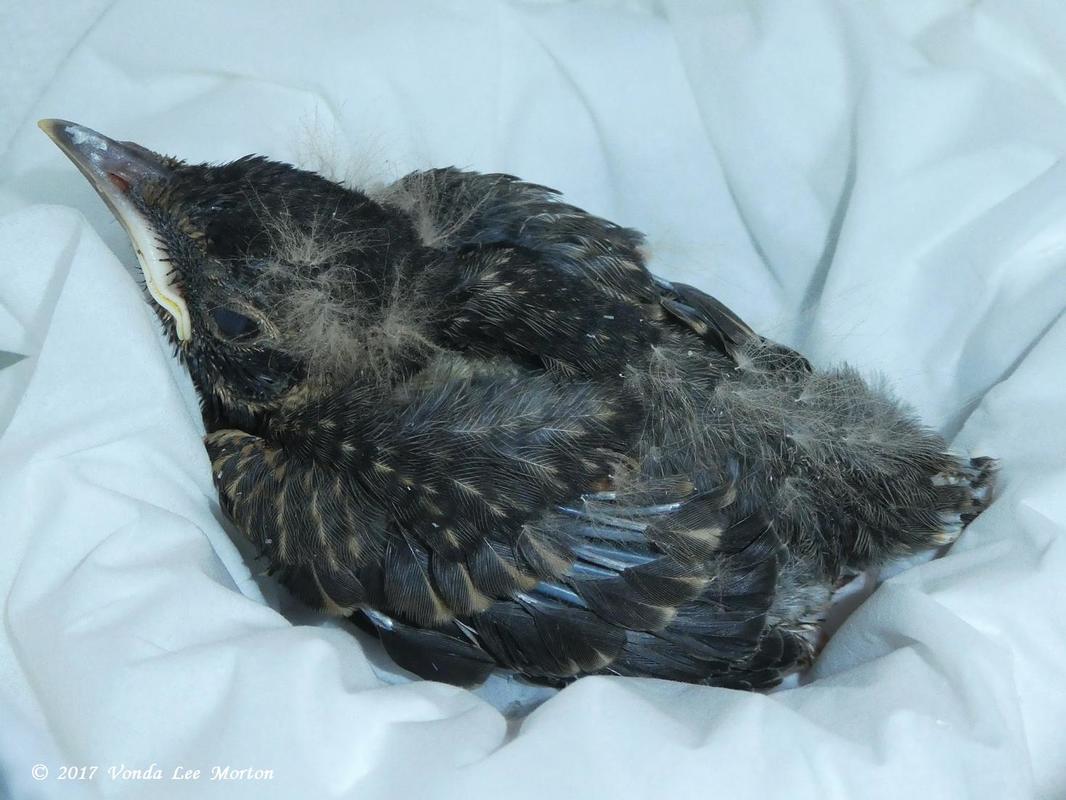



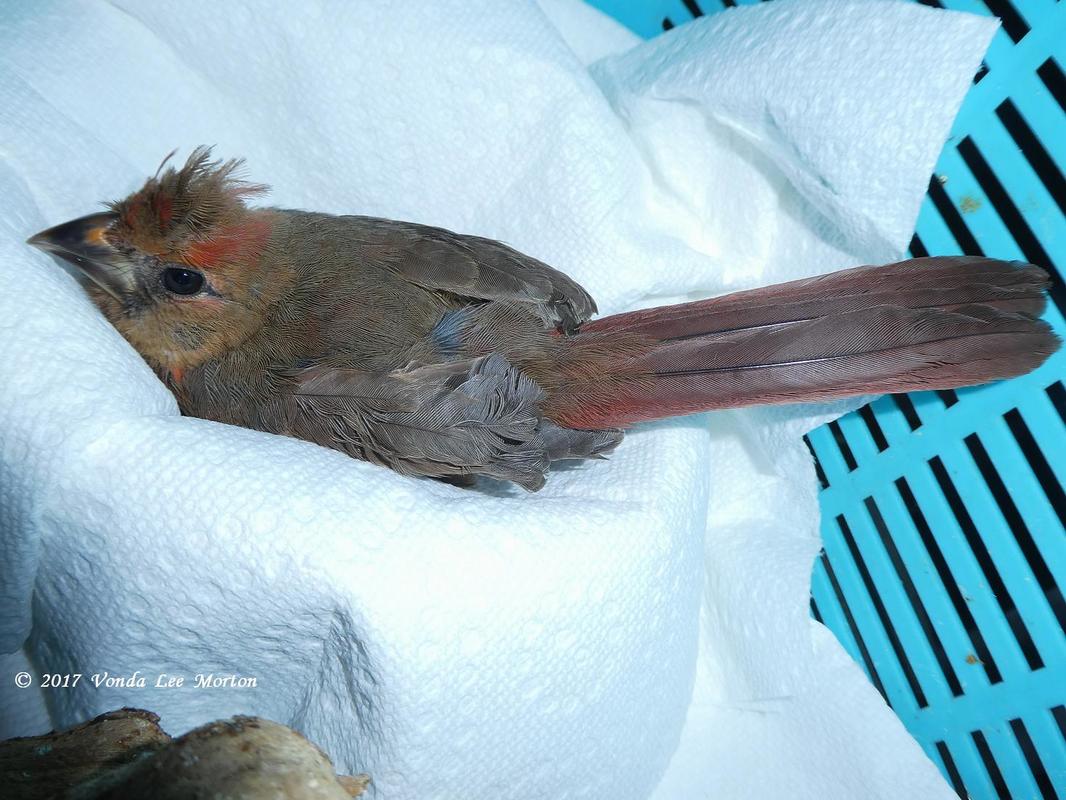
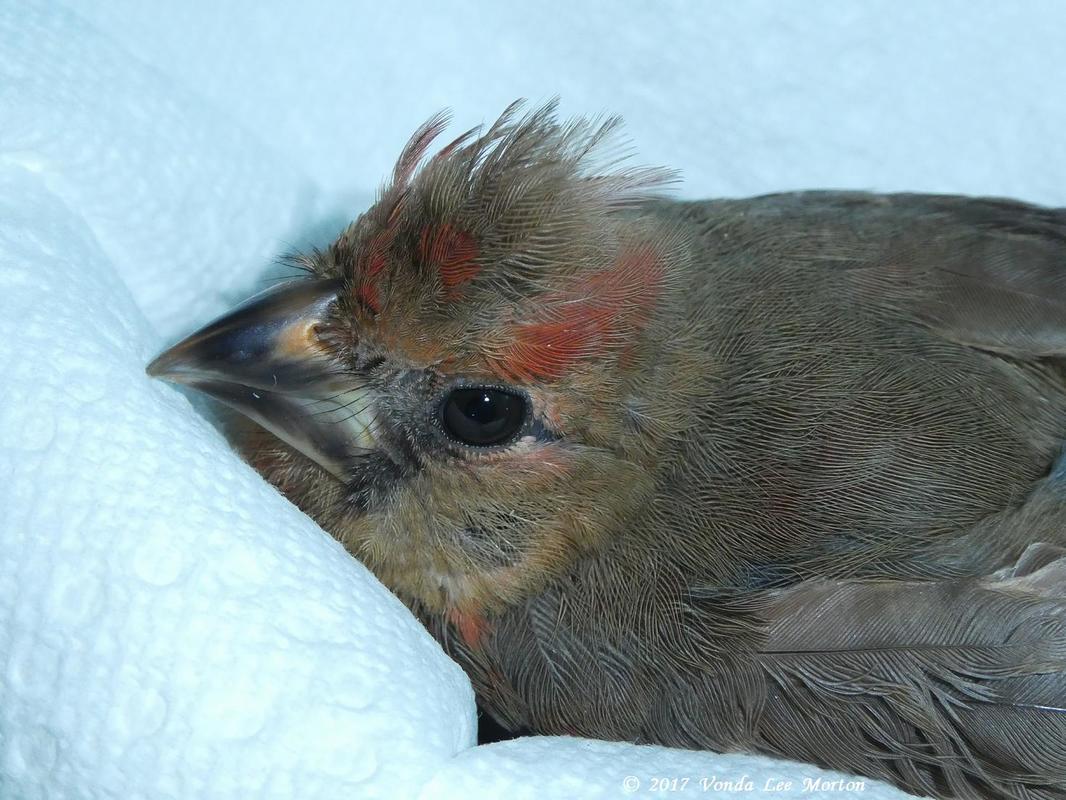
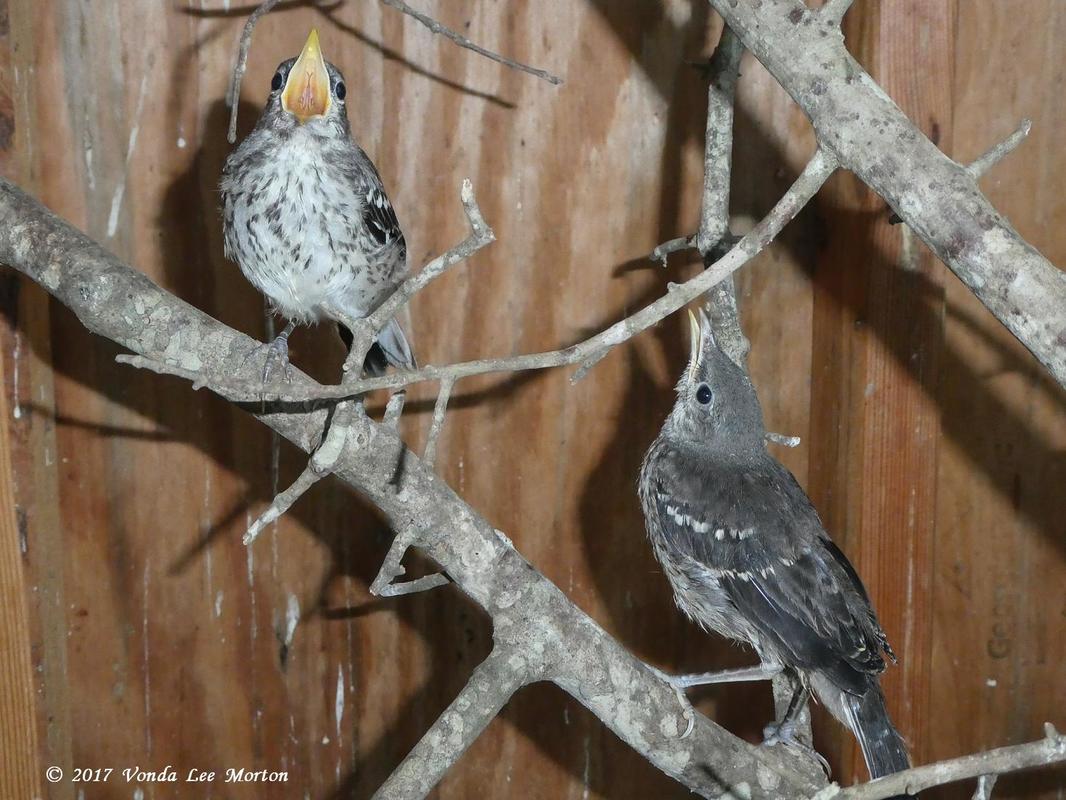






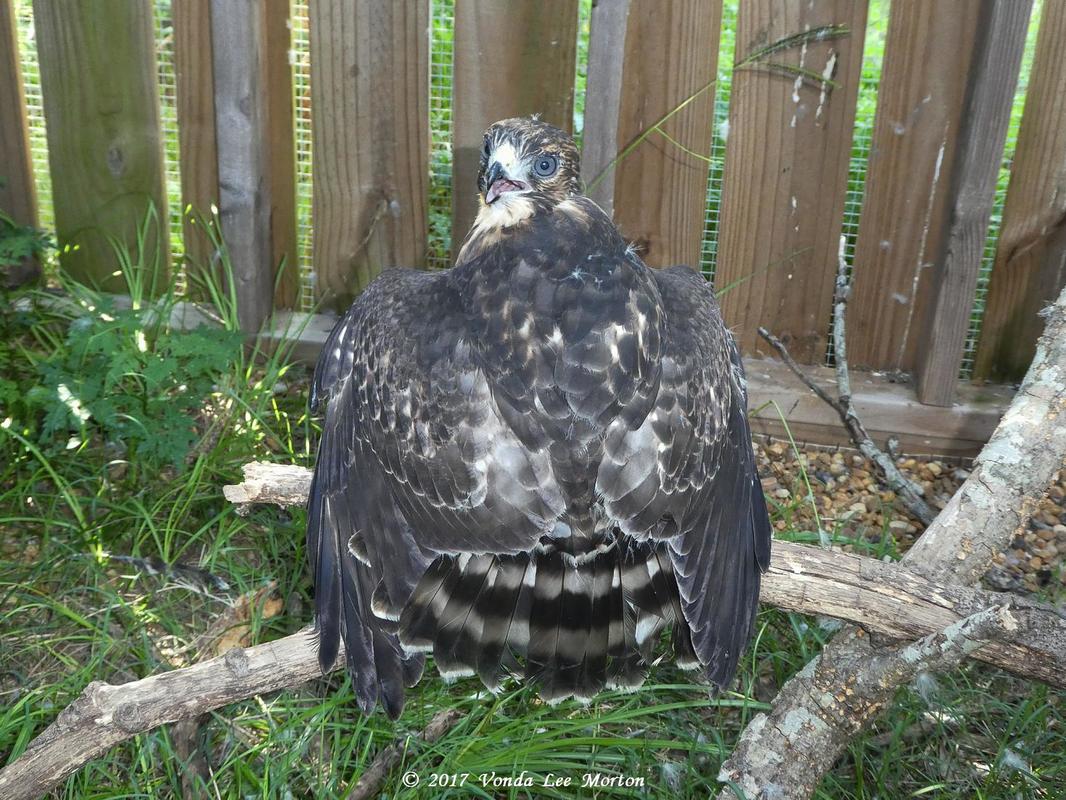

 RSS Feed
RSS Feed
